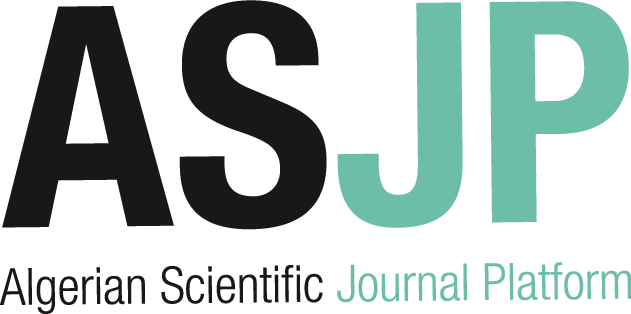[article]
| Titre : |
Toward a truly multiscale computational strategy for simulating turbulent two - phase flow processes |
| Type de document : |
texte imprimé |
| Auteurs : |
E.A. Harry, Auteur ; Akker Van Der, Auteur |
| Année de publication : |
2011 |
| Article en page(s) : |
pp. 10780-10797 |
| Note générale : |
Chimie industrielle |
| Langues : |
Anglais (eng) |
| Mots-clés : |
Turbulent Phase flow |
| Résumé : |
In chemical reactor engineering, simple concepts are used for describing the flow in a reactor. Turbulent two-phase flow processes, however, are characterized by a broad range of time and length scales. Two-phase reactors operated in the turbulent regime therefore qualify for multiscale modeling. Multiscale models are being developed in such diverging fields as chemical reaction engineering (among which are packed bed reactors, fluidized beds, and risers), chemical vapor deposition reactor modeling, turbulent single-phase and two-phase flow simulations (among which is combustion), and materials science. The common aspects of these multiscale models are highlighted: they all comprise a coarse-grained simulation for the macroscale and some type of fully resolved microscale simulation. Different simulation techniques are used however. Processes involving single-phase flow may require one of three computational fluid dynamics (CFD) techniques: direct numerical simulations (DNSs), large eddy simulations (LESs), and Reynolds averaged Navier-Stokes (RANS)-based simulations. For two-phase flows, two CFD options are open: Euler-Lagrangian (or particle tracking) and Euler-Euler (or two-fluid). The characteristics of all these approaches are discussed. One of the more interesting options in dealing with turbulent two-phase, i.e., multiscale, flow reactors is to run a DNS for the local small-scale processes. Such a DNS is carried out in a periodic box, a dedicated forcing technique being |
| ISSN : |
0888-5885 |
| En ligne : |
http://www.refdoc.fr/Detailnotice?idarticle=50845921 |
in Industrial & engineering chemistry research > Vol. 49 N° 21 (Novembre 2010) . - pp. 10780-10797
[article] Toward a truly multiscale computational strategy for simulating turbulent two - phase flow processes [texte imprimé] / E.A. Harry, Auteur ; Akker Van Der, Auteur . - 2011 . - pp. 10780-10797. Chimie industrielle Langues : Anglais ( eng) in Industrial & engineering chemistry research > Vol. 49 N° 21 (Novembre 2010) . - pp. 10780-10797
| Mots-clés : |
Turbulent Phase flow |
| Résumé : |
In chemical reactor engineering, simple concepts are used for describing the flow in a reactor. Turbulent two-phase flow processes, however, are characterized by a broad range of time and length scales. Two-phase reactors operated in the turbulent regime therefore qualify for multiscale modeling. Multiscale models are being developed in such diverging fields as chemical reaction engineering (among which are packed bed reactors, fluidized beds, and risers), chemical vapor deposition reactor modeling, turbulent single-phase and two-phase flow simulations (among which is combustion), and materials science. The common aspects of these multiscale models are highlighted: they all comprise a coarse-grained simulation for the macroscale and some type of fully resolved microscale simulation. Different simulation techniques are used however. Processes involving single-phase flow may require one of three computational fluid dynamics (CFD) techniques: direct numerical simulations (DNSs), large eddy simulations (LESs), and Reynolds averaged Navier-Stokes (RANS)-based simulations. For two-phase flows, two CFD options are open: Euler-Lagrangian (or particle tracking) and Euler-Euler (or two-fluid). The characteristics of all these approaches are discussed. One of the more interesting options in dealing with turbulent two-phase, i.e., multiscale, flow reactors is to run a DNS for the local small-scale processes. Such a DNS is carried out in a periodic box, a dedicated forcing technique being |
| ISSN : |
0888-5885 |
| En ligne : |
http://www.refdoc.fr/Detailnotice?idarticle=50845921 |
|


 Ajouter le résultat dans votre panier Faire une suggestion Affiner la recherche
Ajouter le résultat dans votre panier Faire une suggestion Affiner la rechercheToward a truly multiscale computational strategy for simulating turbulent two - phase flow processes / E.A. Harry in Industrial & engineering chemistry research, Vol. 49 N° 21 (Novembre 2010)











